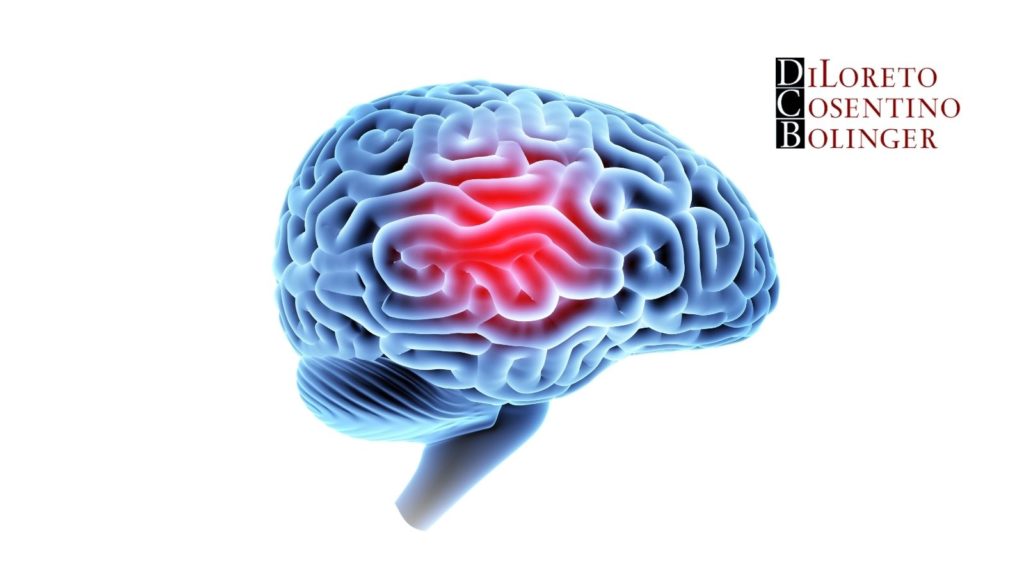
Whether it is a vehicle collision, a slip-and-fall or falling objects striking a worker in the head, individuals can suffer the effects of a traumatic brain injury (TBI) is numerous ways. Depending on several factors, these injuries can affect the brain’s structure or function. Additionally, no two cases of TBI are the same so functional impairment might be difficult to diagnose.
Unfortunately, some symptoms of a traumatic brain injury are difficult to recognize at first. Personality changes, for example, or mood swings might not be readily apparent to the injured individual. In fact, close friends and loved ones might recognize a change before the injured individual does.
What makes it hidden?
While many people label a Hidden TBI due to the latency of some symptoms, that is only part of the answer. When individuals suffer delayed symptoms to the point that the link is broken between the accident and the functional challenge, the TBI is considered hidden.
For example, after a motor vehicle collision, an individual might visit a medical professional for injuries. Physical symptoms, such as a broken arm, are readily apparent but there was no damage, swelling or bruising around the head. The crash did not damage the brain’s structure. The individual exhibits no cognitive impairment and the doctor does not diagnose a traumatic brain injury.
Days later, the individual exhibits difficulty sleeping, occasional blurred vision and trouble remembering names. Weeks later, these symptoms have persisted, and the individual now has violent mood swings and loved ones notice a change in personality.
After a long period of time, these changes might not be easily attributable to the collision. In these instances, it is a Hidden TBI. Not that the effects are hidden so much as the effects are not easily linked to the inciting event.
What can be done?
It is crucial that individuals seek a thorough, comprehensive medical evaluation after any type of serious accident. It is important to remember that a TBI does not have to follow a visible head wound or even a strong impact. Even the violent jostling motion of a vehicle collision can jar the brain inside the cranium enough to cause a lasting disruption.

